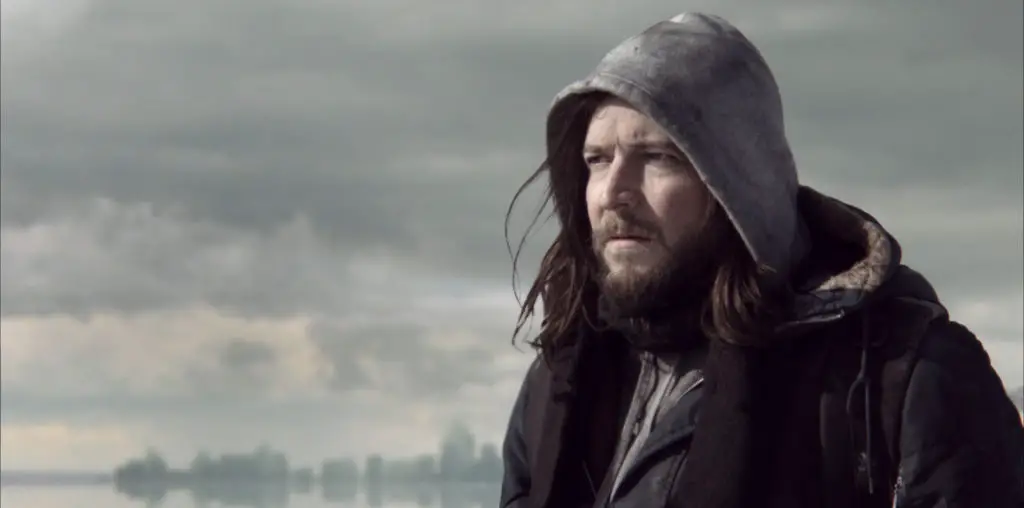
For many years, the 1910 Thomas Edison-produced version of “Frankenstein” was among the most sought-after lost films. When word came out in the 1980s that an extant print was in a private collection, there was euphoria among many scholars. However, the collector who owned the print rarely presented it for public viewing. A VHS video copy with an irritating rolling watermark was briefly available, but visually unsatisfactory.
Finally, “Frankenstein” is available on DVD without that irritating watermark. As with many long-sought-after titles, the film does not live up to heady expectations. However, it is an important film from a historic viewpoint, as the first U.S. horror film, and the production possesses a couple of interesting artistic touches that allows it to earn more than mere curio status.
As a 15-minute silent film, “Frankenstein” severely telescopes the Mary Shelley text – the fierce intellectual debates relating to morality, theology, and power are absent from this version. Instead, this truncated version finds a post-educated Victor Frankenstein creating a monster in a cauldron, only to recoil in horror at the gnarly, hirsute thing that he makes. Victor runs off to be married, only to have the monster follow him to his honeymoon suite. Alas for the monster, a quick glimpse in the mirror sends him into shock. The monster makes vague threats against Victor and the new Mrs. F., but then abruptly gives up the fight and looks hard at the mirror again, at which point he disappears and all that remains is his mirror facsimile, which vanishes after a few seconds.
The production values in “Frankenstein” are very typical of 1910 cinema: a stagnant camera capturing what appears to be a theatrical staging (complete with cardboard sets that occasionally wobble when too much impact is applied). The acting is heavy in overdone emoting: fists clenched to a chest and wrists pressed against foreheads while eyes pop and mouths expand to the suburbs of the lower ears.
Still, some funky treats make it on film. The creation of the monster is highly entertaining: the trick photography of running footage in reverse, which creates the illusion of a skeleton gaining flesh amidst a fiery cauldron bath. The use of the mirror is also imaginative: the monster is shown entering a scene from his reflection in the looking glass, which persists for a short period until he arrives fully on camera. Charles Ogle’s monster lacks the pathos of the Boris Karloff landmark performance, but his outreached arms and twisted grimace successfully convey the jealousy and anguish of the man-beast.
This DVD release comes with a wonderfully researched and delightfully crafted e-book by Frederick C. Wiebel Jr., who has spent many years documenting the long and bizarre history of this film. A perfect companion to the film, this e-book will provide invaluable insight on the importance of “Frankenstein.”

